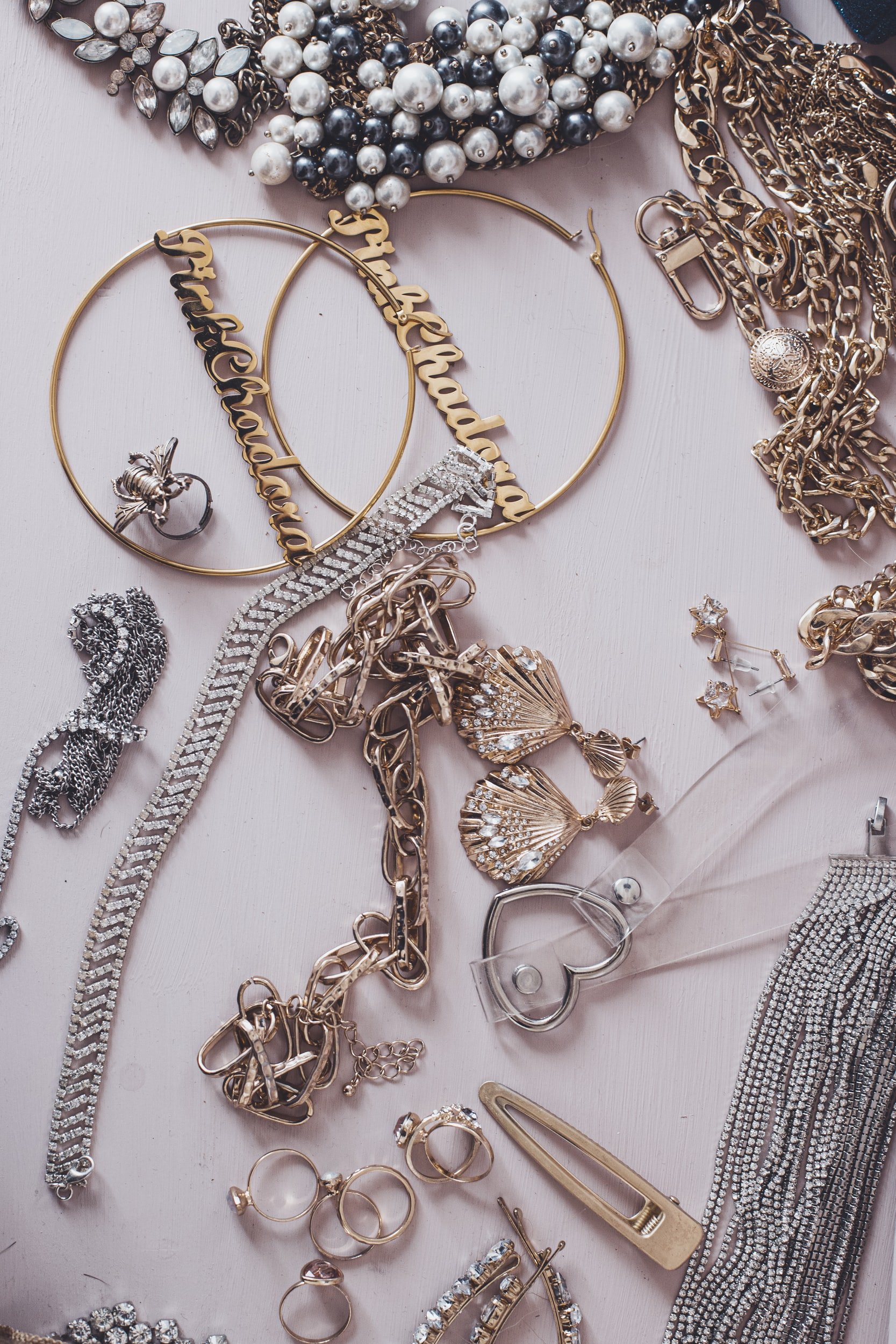Revealing the Mysteries Of the Valuation Procedure Used by Precious Metal Buyers
Wiki Article
This valuation procedure employed from gold buyers represents an important subject to individuals keen in disposing of gold. Understanding the way precious metal gets assessed may assist sellers formulate knowledgeable choices as well as ensure sellers obtain an fair price. Precious metal buyers typically use various essential factors to ascertain the value of gold items, including purity, weight, and current market valuations. Each of elements has a significant role during the overall valuation process.
One among the first stages of the valuation process is assessing its purity in a gold. Gold fineness is measured in karat weight, with 24 karats representing 100% gold. Most gold ornaments tends to be not pure and may be 10, fourteen, or 18 karats. A greater a karat number value, the greater precious metal content the item has. Gold buyers commonly use a testing method, such as chemical assessments or electronic testing, to determine the purity in a precious metal. Such step remains vital because this immediately influences the item's value. For instance, instance, one twenty-four karat precious metal item shall become worth more than a 14-karat item, although if they weigh the weight.
Another weight in a precious metal piece remains a further key factor in the appraisal process. Gold can be generally measured in grams and troy ounces. Purchasers shall weigh the gold to calculate its worth according to the fineness. This mass is multiplied by the gold's purity percentage to determine the amount of pure gold in the item. For, if a 14-karat precious metal ring weighs 10 grams, the item holds approximately 5.83 of pure gold in 100% precious metal. Such computation assists purchasers ascertain how much buyers will be prepared to pay in exchange for an item.
Current market prices also play an significant role in this appraisal for precious metal. Current valuation for precious metal varies based to availability plus demand, economic conditions, and global occurrences. Gold buyers keep an careful watch over such market trends to guarantee they offer competitive prices. Buyers commonly refer to the current valuation for gold, which represents a present market valuation for immediate delivery. Such price can change every day, therefore buyers must remain updated for provide correct assessments. Vendors must likewise remain cognizant about these market fluctuations, because they can influence a price sellers obtain for the precious metal.
Finally, the state plus craftsmanship in the gold item may influence its value. Unique designs, brand labels, plus cultural importance can each add toward an worth for the item. For, one well-crafted gold chain from a renowned brand may command a higher valuation compared to one comparable item lacking a brand label. Buyers shall consider such elements while making a bid. Vendors must take the effort to clean and present the gold items well, because this may positively affect a buyer's perception plus a ultimate valuation.

To summary, this valuation procedure used from gold buyers involves several important elements, such as fineness, mass, present trading valuations, and the condition of a piece. Comprehending such elements can help sellers navigate the selling procedure better effectively. By being informed about how gold is assessed, sellers can ensure sellers obtain an equitable price for the precious metal pieces. Regardless of whether selling jewelry, coins, click here for info and other gold products, knowledge about this appraisal procedure remains crucial for formulating wise monetary choices.